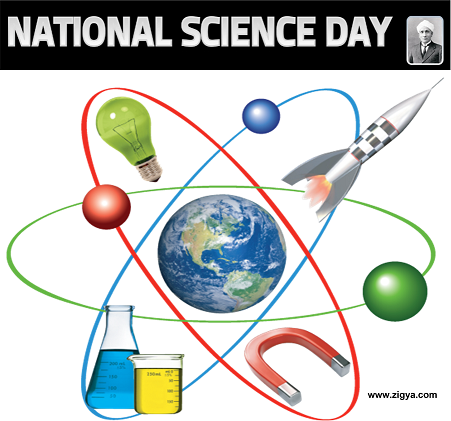National Science Day is celebrated on every year on 28 February. On this day Indian physicist Sir Chandrasekhara Venkata Raman discovered the phenomenon of scattering of photons which was later known as Raman effect.
For his discovery, Sri C.V awarded the Nobel prize in physics in 1930. It was the first time that an Indian won the Nobel prize.
What is Raman Effect
Raman Effect, change in the wavelength of light that occurs when a light beam is deflected by molecules. When a beam of light traverses a dust-free, transparent sample of a chemical compound, a small fraction of the light emerges in directions other than that of the incident (incoming) beam. Most of this scattered light is of unchanged wavelength. A small part, however, has wavelengths different from that of the incident light; its presence is a result of the Raman Effect.
First National Science Day Celebration
In 1986, the National Council for Science and Technology Communication (NCSTC) asked the Government of India to designate 28 February as National Science Day which the then Govt. of India accepted and declared the day as National Science Day in 1986. The first National Science Day was celebrated on February 28, 1987.
In India, 28 February is celebrated as main science festivals. Every year students of school and colleges demonstrate various science projects and their various research at the national level.
